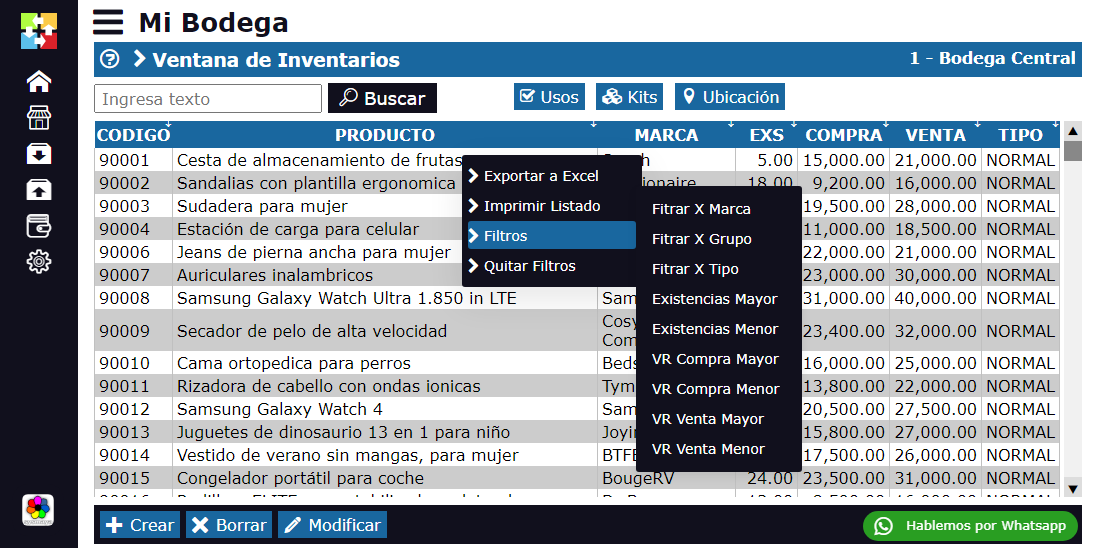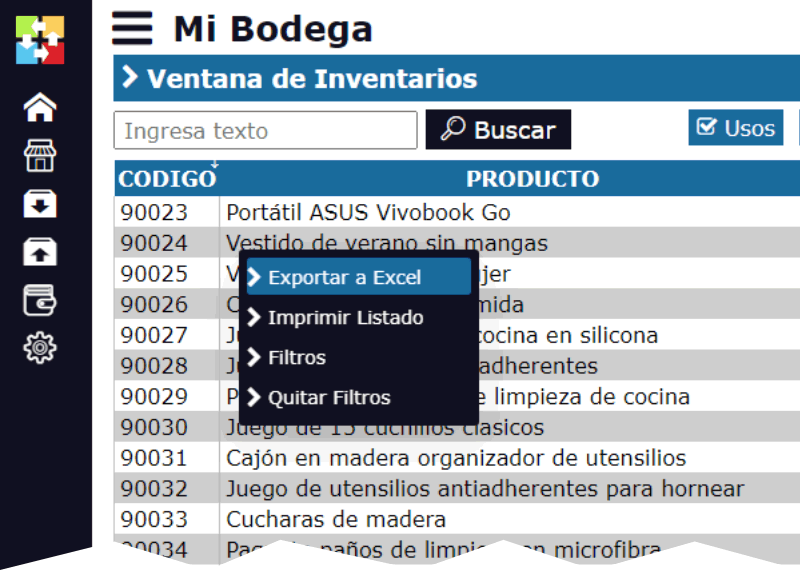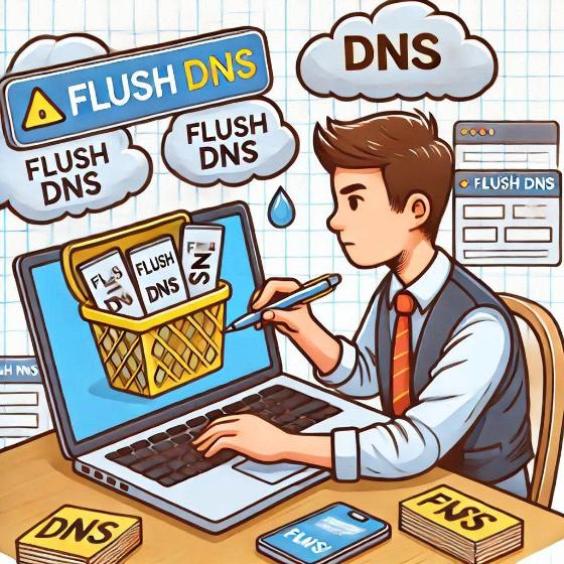How to Choose the Right Inventory Software for Your Business
Choosing the right inventory software is crucial for optimizing the management of your stock, improving operational efficiency, and ensuring informed decision-making. With a wide variety of options available in the market, it is essential to evaluate your specific needs and the features of the software before making a decision. Here we offer you a practical guide to help you select the inventory software that best suits your business.

1. Evaluate Your Business Needs
Before starting the search for inventory software, it is fundamental to understand the needs and specific challenges of your business. Consider the following aspects:
- Type of Products: Do you handle physical products, digital products, or both?
- Inventory Volume: How large is your inventory and how often do the levels change?
- Necessary Integrations: Do you need the software to integrate with other systems such as accounting, sales, or purchases?
- Number of Users: How many people will use the software?
2. Look for Key Features
Inventory software should offer features that align with the needs of your business. Some key features to consider include:
- Real-Time Stock Control: Allows monitoring of inventory levels in real-time to avoid shortages or surpluses.
- Order and Supplier Management: Facilitates tracking of purchase orders and supplier management.
- Reports and Analytics: Offers detailed reports and analytics for data-driven decision-making.
- Scalability: Ensure the software can grow with your business and adapt to changes in inventory volume.
3. Consider Usability and Training
Inventory software should be easy to use and adapt to the experience level of your employees. Evaluate the following:
- Intuitive Interface: A friendly interface facilitates adoption and reduces the learning curve.
- Support and Training: Verify if the provider offers training and technical support to resolve issues and ensure efficient use of the software.
4. Analyze the Total Cost of Ownership
The cost of inventory software is not limited to the acquisition price. Consider the following factors to calculate the total cost of ownership:
- Licenses and Subscriptions: Does the software require a one-time payment, monthly subscription, or annual subscription?
- Additional Costs: Includes implementation, training, and technical support costs.
- Scalability: Evaluate the costs associated with expansion or adding new features.
5. Review Security and Compliance
Data security is crucial when it comes to inventory software. Ensure the software complies with security and privacy standards:
- Data Protection: Verify that the software uses adequate security measures to protect sensitive information.
- Regulatory Compliance: Ensure the software complies with regulations and standards applicable to your industry.
6. Request Demonstrations and Trials
Before making a final decision, request demonstrations and free trials of the software. This will allow you to:
- Evaluate Functionality: Testing the software in a real environment will help you determine if it meets your expectations and needs.
- Gather Team Feedback: Involve team members who will use the software to obtain their feedback on usability and functionality.
7. Read Reviews and Request References
Research and read reviews from other users to get a more complete view of the software. Additionally, request references from other businesses that use the software to get a perspective on its performance and support.
Choosing the right inventory software for your business is a strategic decision that can significantly impact the efficiency and effectiveness of your operations. By evaluating your specific needs, looking for key features, considering costs, and analyzing security, you will be in a better position to make an informed decision. Take the necessary time to research and test different options, and select the software that best suits the needs of your business and long-term goals.






